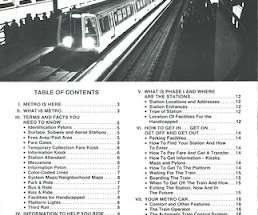Using AI to Improve Your Grant Writing
Grants4Good
JUNE 17, 2023
I founded a nonprofit in 2014 and quickly became acquainted with the painstaking process of applying for grant funding. Over time, I developed hacks and systems to make myself more efficient, especially by organizing my boilerplate content in ways that allowed me to modularize my grant writing to reuse content blocks.












Let's personalize your content